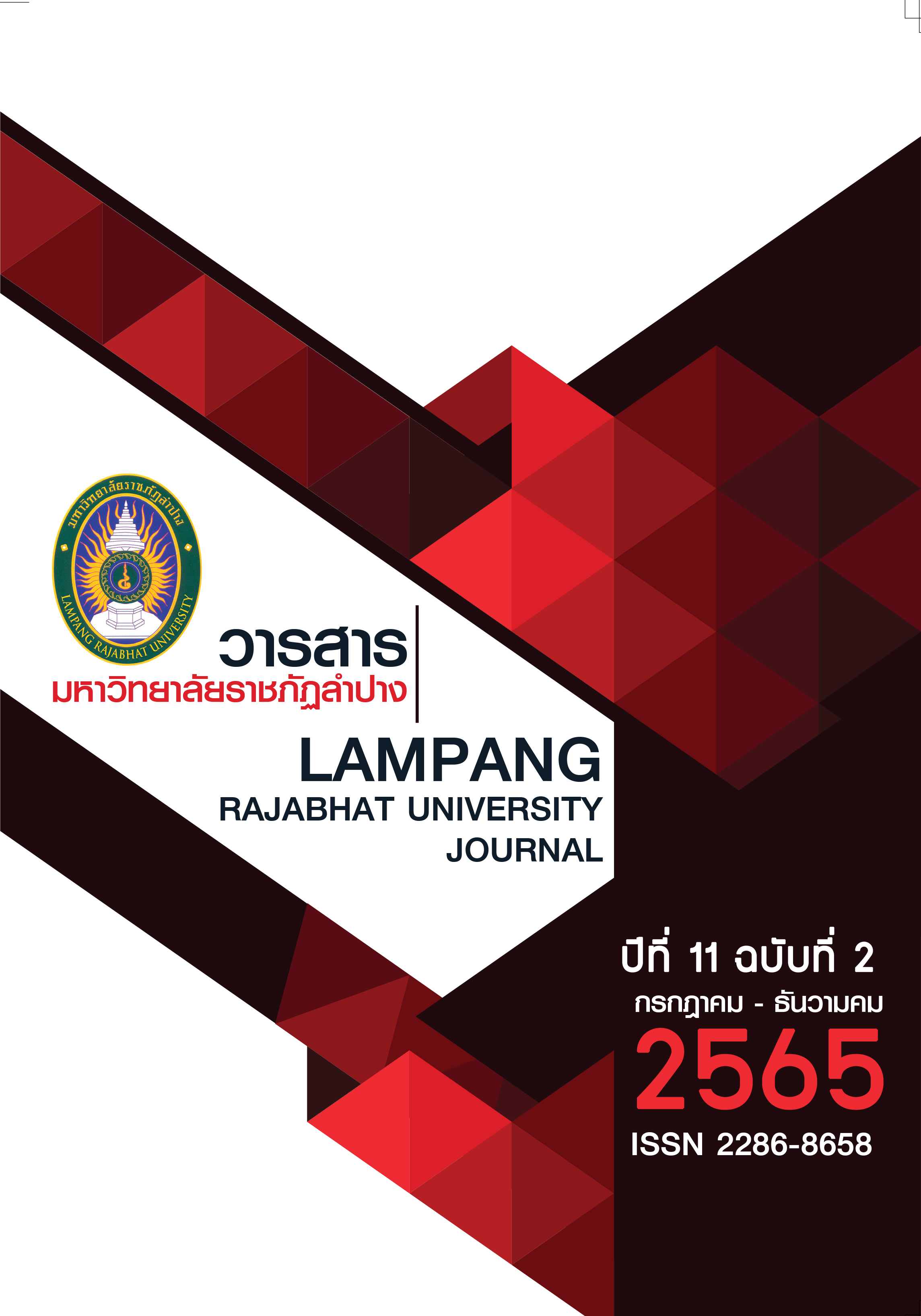การศึกษาคำพ้องความหมายภาษาอังกฤษโดยใช้ภาษาศาสตร์คลังข้อมูล: Rich and Wealthy
คำสำคัญ:
Synonyms, Collocations, Corpus Linguisticsบทคัดย่อ
This paper addressed the differences and similarities between two synonyms adjectives: rich and wealthy. Two learners' dictionaries and the British National Corpus (BNC) were used to investigate their noun collocates. The findings indicate that some nouns follow either rich or wealthy, while few nouns collocate with both adjectives, e.g., wealthy men, rich men, rich mixture, rich history but not a wealthy mixture, and wealthy history. Drawing on the corpus data, it is found that they differ in collocation, colligation, semantic preference, and semantic prosody. In terms of the degree of formality, they tend to occur in informal genres. Thus, English language teachers should incorporate multi-word units of these two words into multi-word unit pedagogy when teaching these synonymous words.
References
Aroonmanakun, V. (2015). Quick or fast: A corpus-based study of English synonyms. LEARN Journal: Language Education and Acquisition Research Network, 8(1), 53-62.
Flowerdew, L. (2012). Corpora and language education. Springer.
Jackson, H. & Amvela, E. (2000). Words, meaning, and vocabulary. London: Cassell.
Jarunwaraphan, B., & Mallikamas, P. (2020). A Corpus-Based Study of English Synonyms: Chance and Opportunity. rEFLections, 27(2), 218-245.
Laufer, B. (1990). Ease and difficulty in vocabulary learning: Some teaching implications. Foreign Language Annals, 23(2), 147-155.
Lindquist H., (2009). Corpus linguistics and the description of English. Croydon, England: Edinburgh University Press.
Longman Dictionary of Contemporary English (2014). Essex: Pearson Education
Louw, B. (1993). Irony in the text or insincerity in the writer? The diagnostic potential of semantic prosodies. Text and technology: In honour of John Sinclair, 240, 251.
McCarthy, M. & O'Dell, F. (2008). English collocations in use: Advanced. Cambridge: Cambridge University Press.
McCarthy, M., O'Keeffe, A., & Walsh, S. (2010). Vocabulary matrix: Understanding, learning, teaching. Andover, UK: Heinle Cengage Learning.
McEnery, T., & Hardie, A. (2011). Corpus linguistics: Method, theory and practice. Cambridge University Press.
Moon, R. (2010). What can a corpus tell us about lexis?. In O’Keefe, A. and McCarthy, M. (Eds.). The Routledge handbook of corpus linguistics. (pp.197-211).Abingdon, England: Routledge.
O’Keeffe A., McCarthy M, and Carter R. (2007). From corpus to classroom: language use and language teaching. Cambridge: Cambridge University Press.
Oxford Advanced Learner’s Dictionary (2015). Oxford: Oxford University Press
Palmer, F. R. (1997). Semantics, Great Britain: Cambridge University Press.
Phoocharoensil, S. (2010). A corpus-based study of English synonyms. International Journal of Arts and Sciences, 3(10), 227-245.
Phoocharoensil, S. (2011). Collocational errors in EFL learners’ interlanguage. Journal of education and practice, 2(3), 103-120.
Phoocharoensil, S. (2021). Multiword Units and Synonymy: Interface between Collocations, Colligations, and Semantic Prosody. GEMA Online Journal of Language Studies, 21(2), 28-45.
Phoocharoensil, S., & Kanokpermpoon, M. (2021). Distinguishing the near-synonyms ‘increase’and ‘rise’: Genre and collocation investigation. Kasetsart Journal of Social Sciences, 42(4), 968-975.
Punyaratabandhu B. (2008). Choose the Right Word: Windows of the World
Rozakis, L. E. (2011). Vocabulary for dummies. John Wiley & Sons.
Sittironnarit, S., Khunasathitchai, K., Kosashunhanan, K., & Kumdee, S. (2022). A corpus-based analysis of English synonyms: acquire and obtain. Journal of Roi Kaensarn Academi, 7(9), 242-252.
Stubbs, M. (1995). Collocations and semantic profiles: On the cause of the trouble with quantitative studies. Functions of language, 2(1), 23-55.
Thamratana P. (2013). A Corpus-based Analysis of Reduce, Decrease, Diminish, windle and Decline. Independent study. Bangkok, Thailand: Language Institute, Thammasat University
Downloads
เผยแพร่แล้ว
How to Cite
ฉบับ
บท
License
Copyright (c) 2022 วารสารมหาวิทยาลัยราชภัฏลำปาง

This work is licensed under a Creative Commons Attribution-NonCommercial-NoDerivatives 4.0 International License.
บทความลิขสิทธิ์ของวารสารมหาวิทยาลัยราชภัฎลำปาง





